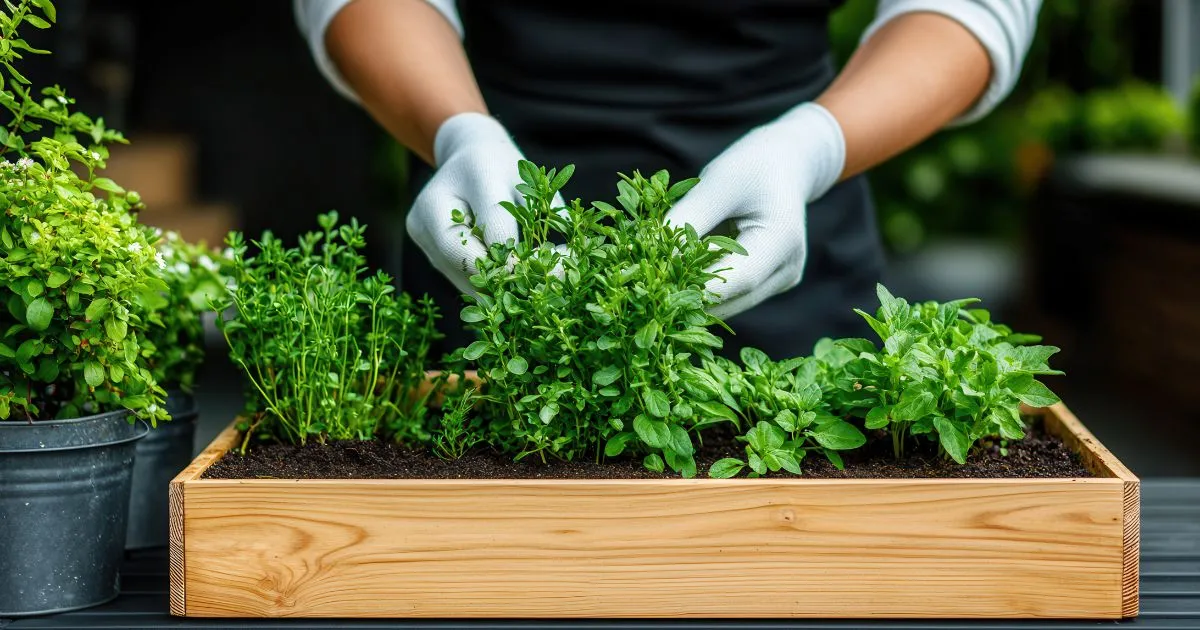Table of Contents
Growing herbs in containers is a rewarding and practical way to bring fresh flavors to your kitchen, enhance your garden’s aesthetics, and even improve your mental well-being. Whether you have a sprawling backyard or a small balcony, planting herbs in containers is a versatile and accessible gardening method. This article will guide you through everything you need to know about planting herbs in containers, from selecting the right plants and containers to caring for your herbs and harvesting them.
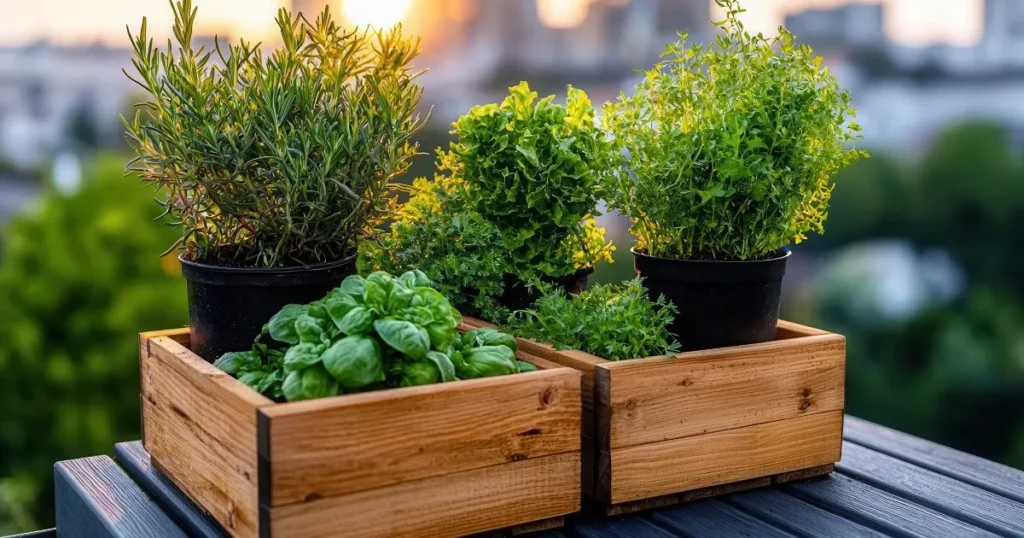
Why Choose Container Gardening for Herbs?
Space Efficiency
One of the biggest advantages of planting herbs in containers is that it doesn’t require a lot of space. Whether you live in an apartment with a tiny balcony or a house with limited garden space, containers allow you to grow herbs vertically or in compact areas.
Control Over Soil and Drainage
Containers give you complete control over the soil type and drainage conditions. This is especially beneficial for herbs, as many of them prefer well-draining soil and can suffer in heavy or waterlogged ground.
Mobility
Containers are portable, meaning you can move your herbs to optimize sunlight exposure or protect them from harsh weather conditions. This flexibility is particularly useful for tender herbs that may need extra care during extreme temperatures.
Pest Management
Growing herbs in containers can help reduce the risk of pests and diseases. By keeping your herbs off the ground and in controlled environments, you can minimize the chances of infestations.
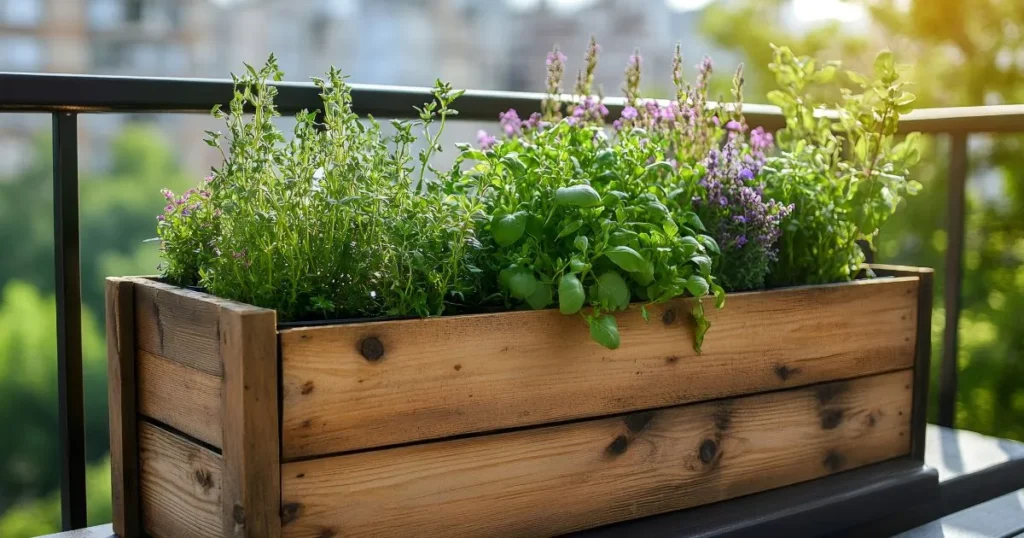
Choosing the Right Herbs for Container Gardening
Not all herbs are created equal when it comes to container gardening. Some thrive in pots, while others may struggle. Here are some of the best herbs to consider for planting in containers:
Basil
Basil is a popular herb that grows well in containers. It prefers warm weather and plenty of sunlight, making it an ideal choice for sunny balconies or patios.
Mint
Mint is a vigorous grower that can quickly take over a garden. Planting mint in containers helps keep it contained and prevents it from spreading uncontrollably.
Thyme
Thyme is a low-growing herb that thrives in well-draining soil. Its compact size makes it perfect for small containers or as part of a mixed herb planter.
Rosemary
Rosemary is a hardy herb that can grow quite large, so it’s best suited for larger containers. It prefers full sun and doesn’t require frequent watering.
Parsley
Parsley is a versatile herb that grows well in containers. It prefers partial shade and consistent moisture, making it a great choice for less sunny spots.
Chives
Chives are easy to grow and do well in containers. They prefer full sun but can tolerate partial shade, making them a flexible option for various environments.
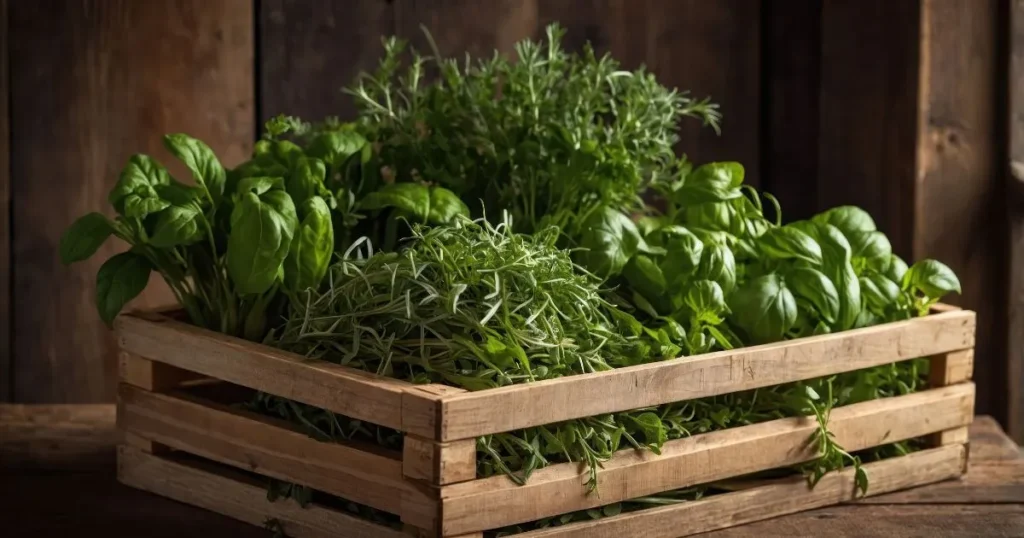
Selecting the Right Containers
Material
Containers come in a variety of materials, including plastic, ceramic, clay, and wood. Each material has its pros and cons:
- Plastic: Lightweight and affordable, but may not be as durable.
- Ceramic: Aesthetic and sturdy, but can be heavy and prone to cracking.
- Clay: Breathable and good for drainage, but can dry out quickly.
- Wood: Natural and insulating, but may rot over time.
Size
The size of your container will depend on the herb you’re growing. Smaller herbs like thyme and chives can thrive in pots as small as 6 inches in diameter, while larger herbs like rosemary may require containers that are 12 inches or more.
Drainage
Proper drainage is crucial for container gardening. Ensure your containers have drainage holes at the bottom to prevent waterlogging, which can lead to root rot.
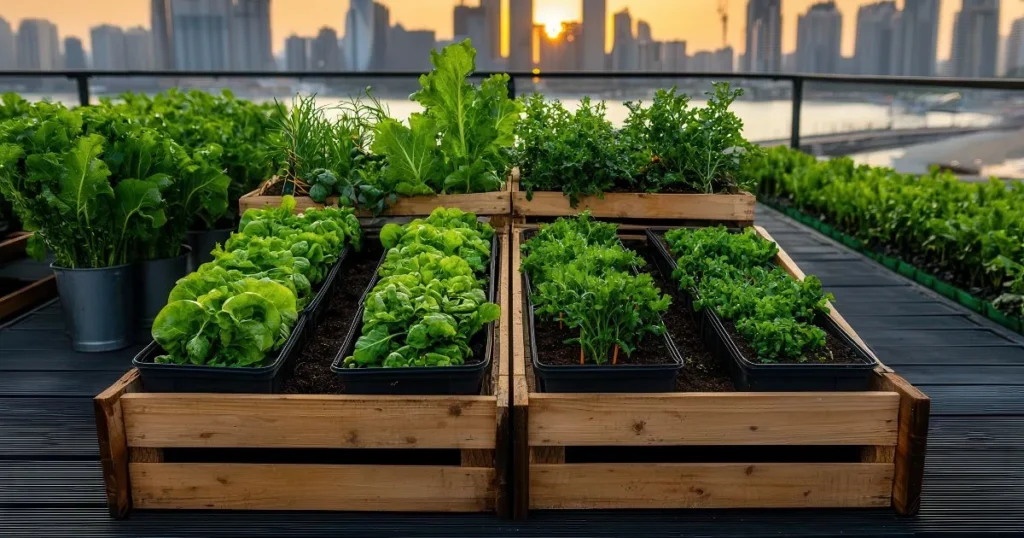
Soil and Fertilizer for Container Herbs
Soil Mix
Herbs generally prefer well-draining soil. A high-quality potting mix designed for containers is ideal. You can also create your own mix by combining equal parts of potting soil, perlite, and compost.
Fertilizer
Most herbs don’t require heavy fertilization. A balanced, slow-release fertilizer applied at the beginning of the growing season is usually sufficient. Over-fertilizing can lead to excessive leaf growth at the expense of flavor.

Planting Herbs in Containers
Step 1: Choose Your Container
Select a container that suits the size and growth habits of your chosen herb. Ensure it has adequate drainage holes.
Step 2: Prepare the Soil
Fill the container with a well-draining potting mix, leaving about an inch of space at the top.
Step 3: Plant the Herbs
Gently remove the herb from its nursery pot and place it in the container. Fill in around the roots with soil, pressing lightly to eliminate air pockets.
Step 4: Water Thoroughly
Water the herb immediately after planting to help it settle into its new home. Be careful not to overwater.
Step 5: Place in the Right Location
Position the container in a spot that meets the herb’s sunlight requirements. Most herbs prefer at least 6 hours of sunlight per day.
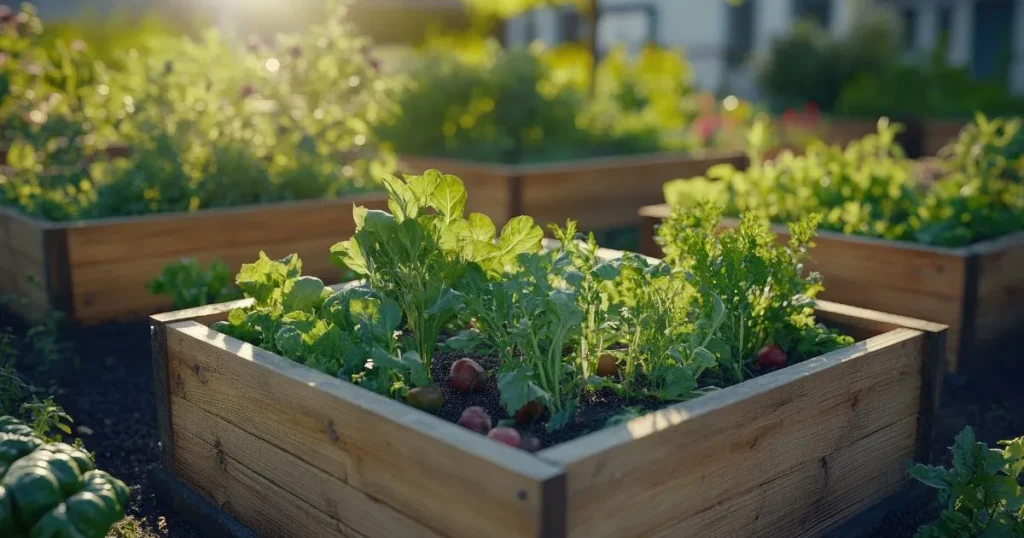
Caring for Your Container Herbs
Watering
Herbs in containers dry out faster than those in the ground, so regular watering is essential. Check the soil moisture daily and water when the top inch feels dry.
Pruning
Regular pruning encourages bushier growth and prevents herbs from becoming leggy. Harvest leaves as needed, but avoid removing more than one-third of the plant at a time.
Pest Control
Keep an eye out for common pests like aphids and spider mites. If you notice an infestation, treat it promptly with insecticidal soap or neem oil.
Overwintering
Some herbs, like rosemary and thyme, can survive winter in containers if brought indoors. Place them in a sunny window and reduce watering during the dormant season.
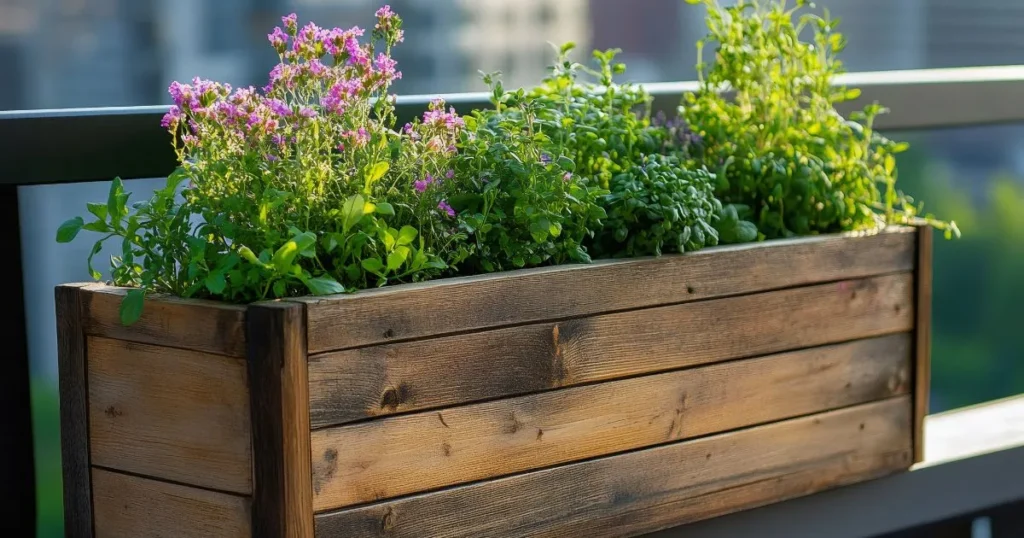
Harvesting Your Herbs
When to Harvest
The best time to harvest herbs is in the morning, after the dew has dried but before the sun is at its peak. This is when the essential oils are most concentrated.
How to Harvest
Use clean, sharp scissors or pruning shears to cut stems just above a leaf node. This encourages new growth and keeps the plant healthy.
Preserving Herbs
You can preserve your harvested herbs by drying, freezing, or making herb-infused oils and vinegars.
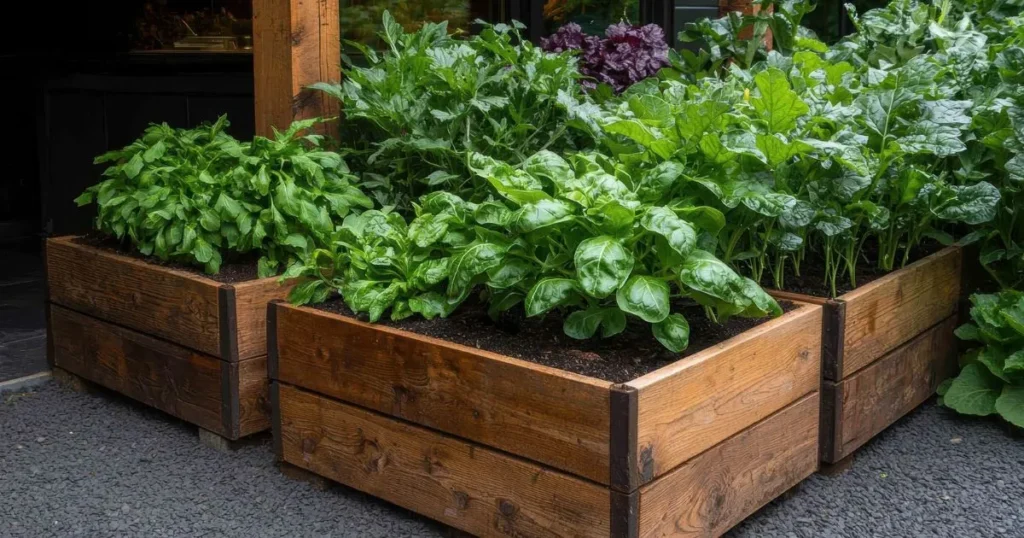
Conclusion
Planting herbs in containers is a versatile and rewarding gardening practice that suits gardeners of all skill levels. Whether you’re growing basil for pesto, mint for tea, or rosemary for roasts, container gardening allows you to enjoy fresh herbs year-round. By selecting the right herbs, containers, and soil, and providing proper care, you can create a thriving herb garden in even the smallest of spaces. So why not start planting herbs in containers today and enjoy the benefits of homegrown flavors?
FAQs About Planting Herbs in Containers
H3: Can I grow multiple herbs in one container?
Yes, you can grow multiple herbs in one container, but make sure they have similar light, water, and soil requirements. For example, rosemary and thyme pair well together, as both prefer dry conditions.
H3: How often should I water my container herbs?
The frequency of watering depends on the herb, container size, and weather conditions. Generally, check the soil daily and water when the top inch feels dry.
H3: Do herbs need full sun to grow in containers?
Most herbs prefer at least 6 hours of sunlight per day. However, some herbs, like parsley and cilantro, can tolerate partial shade.
H3: Can I grow herbs indoors in containers?
Yes, many herbs can be grown indoors in containers as long as they receive sufficient sunlight or are placed under grow lights.
H3: What are the best herbs for beginners to grow in containers?
Basil, mint, chives, and parsley are excellent choices for beginners due to their ease of care and versatility in the kitchen.
H3: How do I prevent my herbs from becoming leggy?
Regular pruning and harvesting can prevent herbs from becoming leggy. Pinch back the tips of the stems to encourage bushier growth.

